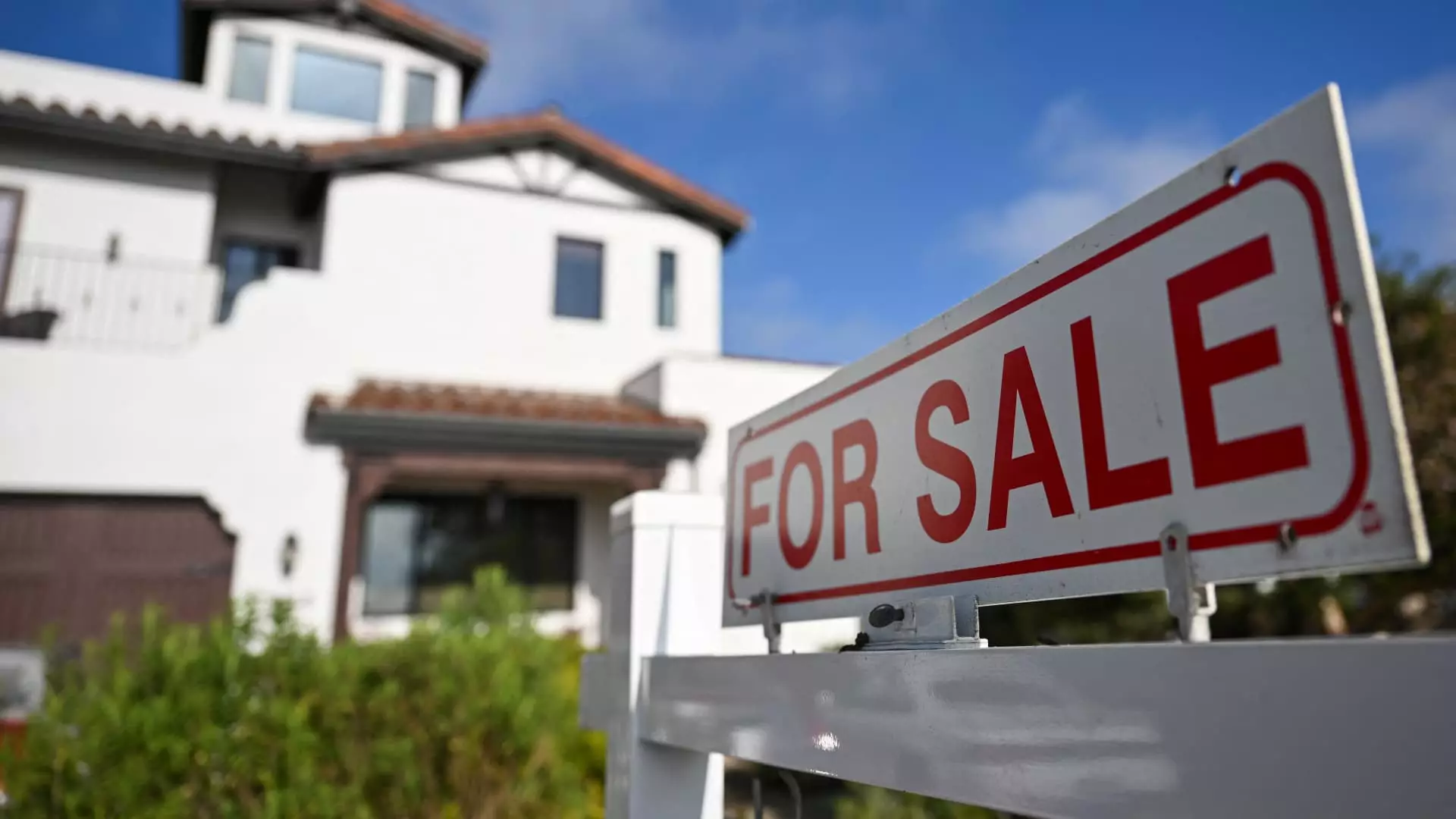Recent developments in the mortgage market reveal a significant downturn in application volumes, primarily triggered by a sudden increase in interest rates. According to the Mortgage Bankers Association, there has been a notable 5.1% decline in total mortgage application volume compared to the previous week. Factors influencing this trend include rising costs that deter potential homebuyers and current homeowners from seeking refinancing options. This uptick in mortgage rates, particularly for 30-year fixed loans, has implications for housing affordability and market competitiveness.
The reported average contract interest rate for conforming 30-year mortgages has climbed to 6.36%, up from the previous 6.14%. This increase marks the highest rate witnessed since August and highlights the sensitive nature of mortgage rates in response to economic indicators. Mike Fratantoni, the chief economist at the Mortgage Bankers Association, attributes this upward trend to stronger economic data, particularly the recent jobs report. As the economy shows signs of improvement, mortgage rates often follow suit, leading to increased hesitation among potential borrowers.
Despite a substantial 9% weekly drop in refinancing applications, these are still significantly elevated compared to last year—up a staggering 159% year-over-year. This is indicative of the broader trend where refinances typically show stronger responsiveness to interest rate changes, especially for conventional loans. In contrast, applications for purchasing homes have stabilized, experiencing a negligible 0.1% decline from the prior week but remaining 8% higher than the same period last year. This paradox emphasizes how declining rates are somewhat counterbalanced by increased home prices, thus complicating the purchasing landscape.
The current state of mortgage rates, while lower than a year ago, coincides with continuously rising home prices—challenging the concept of affordability for many buyers. Although inventory levels have shown some improvement, there remains a critical shortage at the lower end of the market. This discrepancy suggests that not all buyers have equal access to purchasing opportunities, often leading to frustrations and missed chances in a competitive environment.
A sharp rise in mortgage rates was particularly evident following the release of a stronger-than-expected employment report. A separate analysis indicated that the average mortgage rate had climbed to 6.62% shortly thereafter. Though there is hope that the aggressive upward trend may be waning, experts assert that tangible improvements in mortgage rates will depend on forthcoming economic data. Matthew Graham, COO of Mortgage News Daily, expressed caution, indicating that while the immediate surge might be stabilizing, sustained change in mortgage rates would require compelling new data to cultivate a downward trend.
The current mortgage landscape presents a mixture of challenges and opportunities driven by fluctuating interest rates, housing prices, and economic conditions. As potential buyers navigate this complex situation, understanding the nuances of market dynamics is imperative for making informed decisions.

